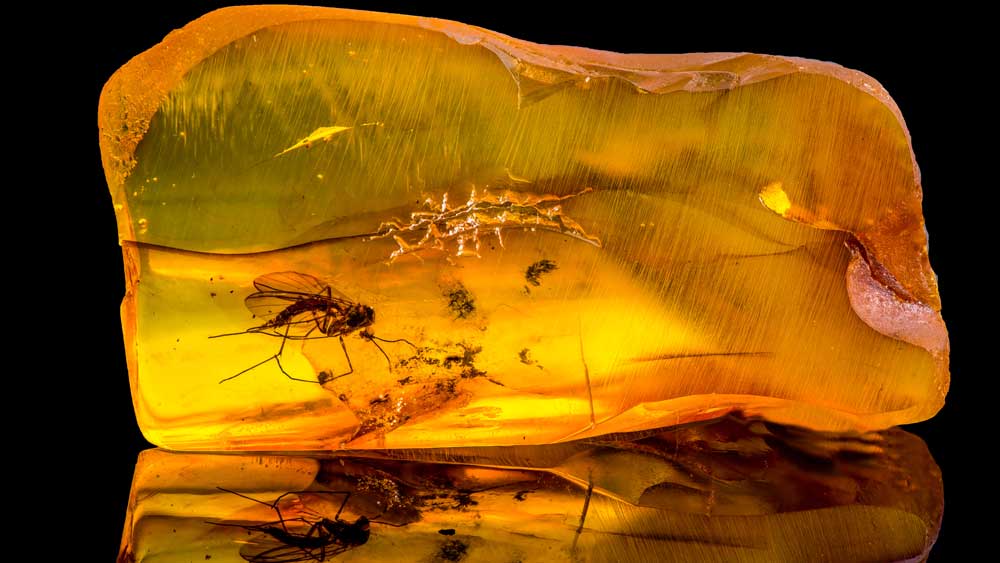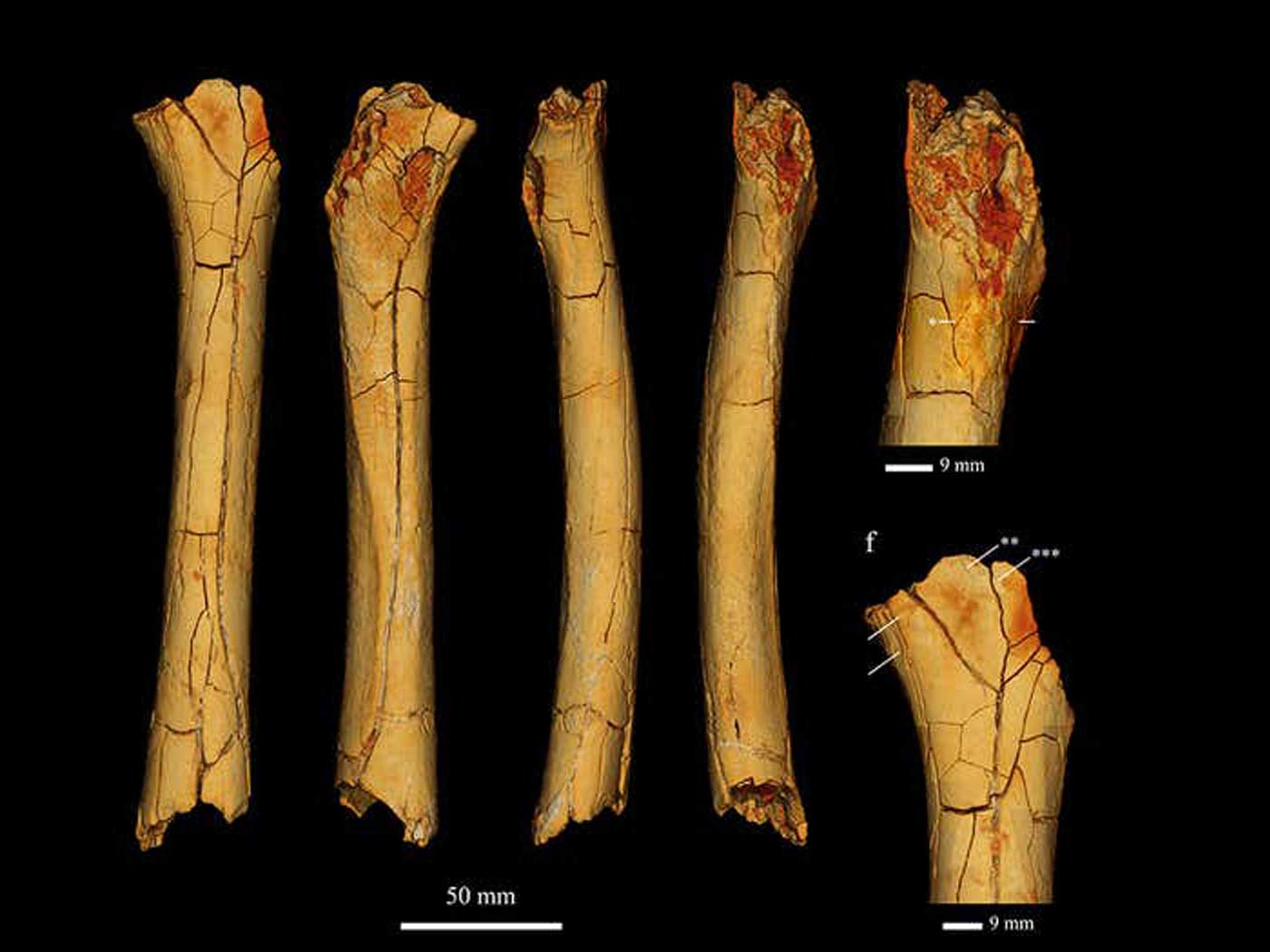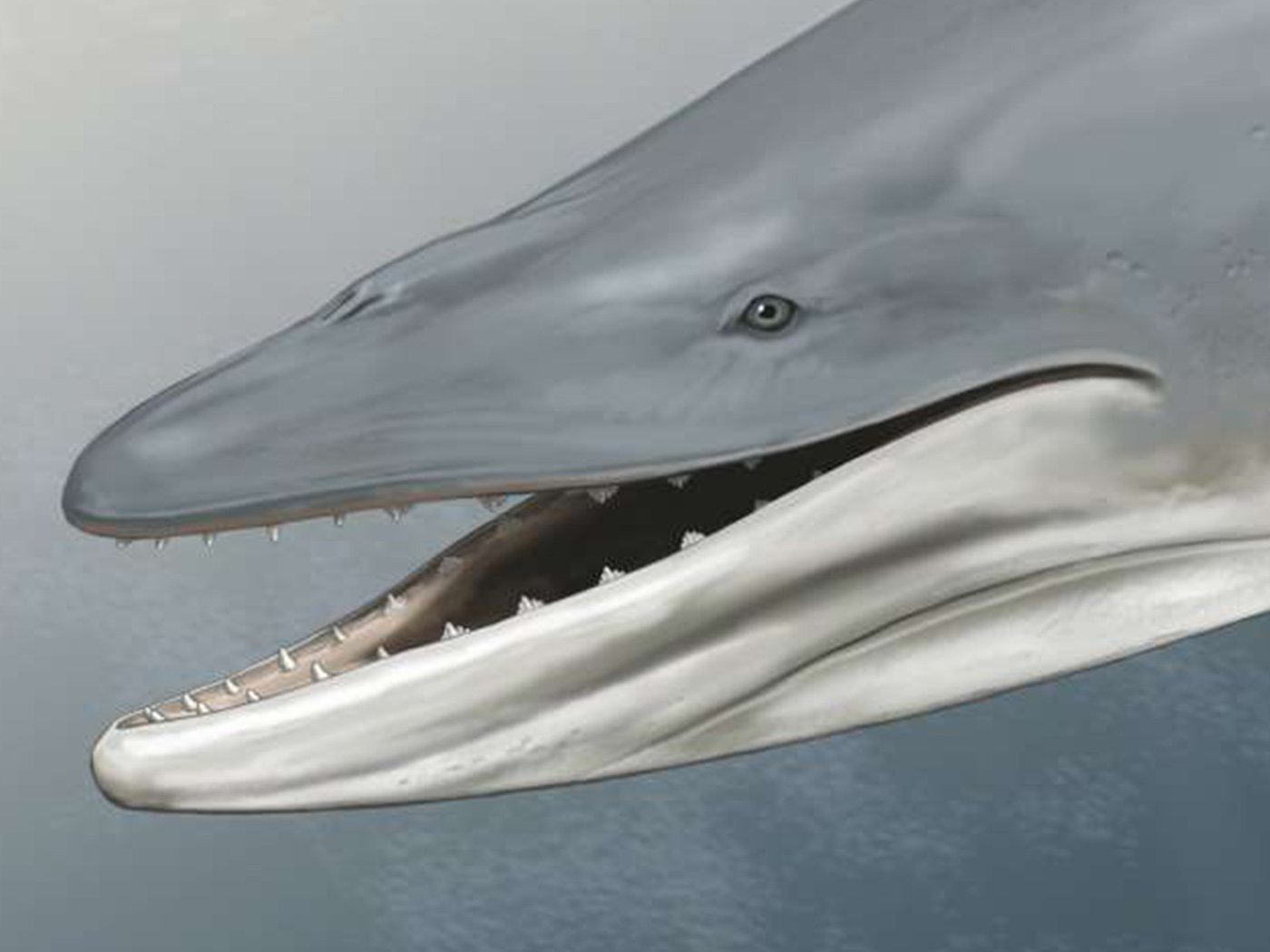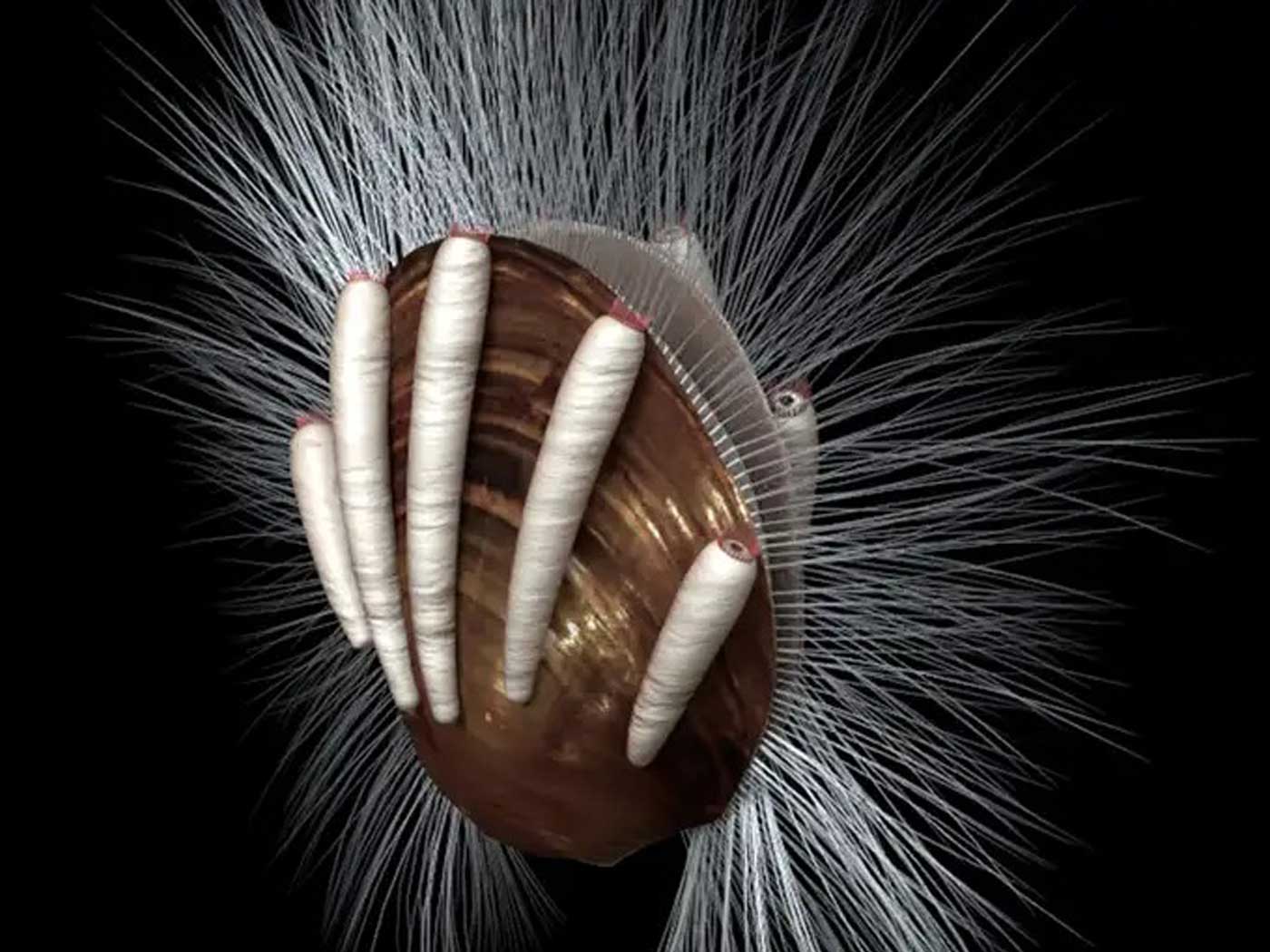Paleontologists in Australia have recently discovered a treasure trove of amber with trapped insects, spiders, and fungi.1 These new fossils are revealing some animal behavioral secrets and are creating some baffling mysteries.
Amber is ancient tree resin. And many times what is trapped in the amber can provide us with a glimpse of life in the past—like a time capsule. This new discovery, published in Scientific Reports, is the first time amber deposits from the southern continents have been found with animals and plant inclusions in Mesozoic and Early Cenozoic strata.1
These discoveries, ranging from the Triassic System to the Neogene System, were found in southeastern Australia, Tasmania, New Zealand, and even a few nearby offshore locations. Some of the amber samples were even extracted from oil well-drilling cores.
Many of the specimens showed near perfectly-preserved insects, including ants and flies. One of the Upper Eocene amber pieces showed two long-legged flies in the act of copulation.
"This is one of the greatest discoveries in palaeontology for Australia," says lead author Jeffrey Stilwell of Monash University, Australia. He added that this may be the first example of “frozen behaviour” in the fossil record of the continent.2
However, these exciting discoveries are also causing some paleo-environmental (interpretations of ancient climates) concerns. The lush foliage is pushing the limits of evolutionary science’s explanation.
Secular scientists have created various continental configurations throughout deep time in accordance with their evolutionary worldview. During part of the Cretaceous (claimed to be 92-96 million years ago), they place the southeastern part of Australia close to the South Pole at about 70-80 degrees south latitude.1 And yet within these same Cretaceous strata, the scientists found fossil ginkgos, ferns, conifers, and other flowering plants.1 They offered no explanation of how these plants managed to thrive in an environment that experienced low levels of sunlight and months of total darkness each year.1
Stilwell and his colleagues also examined Paleogene (Lower Eocene) strata in Tasmania. These rocks were assigned a paleo-latitude of 66-64 degrees south latitude, close to the Antarctic Circle.1 The amber and fossils in these rocks were interpreted to be from an ancient freshwater swamp, with mangroves and conifers.1 And again, no explanation was given to explain the occurrences of these temperate climate plant fossils this far south and with this little sunlight, other than pleading for “a global and protracted greenhouse climate.”1
In contrast, the paleo-latitude conundrum is not an issue in a global Flood interpretation. Flood geologists recognize that these plants grew only about 4,400 years ago on lands that were much farther north. In fact, the pre-Flood continental configuration we have developed at ICR places southeastern Australia and Tasmania about 35-40 degrees south latitude at the time these plants were fossilized, providing a temperate climate similar to the continental United States.3 No special global greenhouse pleading is necessary to explain these fossils.1
In another recent and related article, scientists reported a baffling discovery of another lush, temperate rainforest that supposedly grew even closer to the South Pole.4 These discoveries of lush plant life and active insect behavior are not mysterious if the book of Genesis is considered to be an accurate, historic document. Instead, the plants that produced these ambers in Triassic, Cretaceous, and Cenozoic rocks grew in a temperate latitude, much farther from the South Pole, as part of the pre-Flood Pangaea.3
None of these amber-producing plants ever grew close to the South Pole as uniformitarian scientists insist. They simply moved to their present position during the rapid plate motion of the Flood year. Both the amber and the flora and fauna within them are best explained by the Flood account.
References
1. Stilwell, J. D., Langendam, A., Mays, C. et al. 2020. Amber from the Triassic to Paleogene of Australia and New Zealand as exceptional preservation of poorly known terrestrial ecosystems. Scientific Reports. 10(5703).
2. Cassella, C. 2020. Scientists discover two mating flies in amber 40 million years ago. Science Alert. Posted on sciencealert.com April 4, 2020, accessed April 8, 2020.
3. Clarey, T. 2020. Carved in Stone. Dallas, TX: Institute for Creation Research, 152-178.
4. Klages, J. et al. 2020. Temperate rainforests near the South Pole during peak Cretaceous warmth. Nature. 580: 81-86.
*Dr. Clarey is Research Associate at the Institute for Creation Research and earned his doctorate in geology from Western Michigan University.

New Amber Discoveries Down Under
The Latest
Was a Key to Photosynthesis Evolution Discovered?
Northern Canadian lakes were the source of recently discovered unique photosynthetic bacteria of the phylum Chloroflexota. After years of culturing,...
CREATION PODCAST
Four Moons That Indicate a Young Universe | The Creation Podcast:...
Earth has one moon, but Jupiter has many! What can we learn from our celestial neighbor's satellites? Do they indicate youth?
Host...
Creation Kids: Seeds and Sprouts
by Renée Dusseau and Susan Windsor*
You're never too young to be a creation scientist and explore our Creator's world. Kids, discover...
APOLOGETICS
Christ’s Creativity in Canyon Critters
Grand Canyon animals display many marvelous traits and behaviors as they live life in that harsh habitat. These canyon creatures succeed thanks to the...
Standing Against False Science
I’m Michael Stamp, and I’m in my 12th year as an editor at the Institute for Creation Research. It’s always an encouragement to see...
Oysters and Pre-Flood Longevity
The oyster species Crassostrea virginica, also known as the eastern oyster, is a prized seafood. Research has demonstrated that a fossil version of...
Galápagos Finches: A Case Study in Evolution or Adaptive Engineering?
A group of birds known as Darwin’s finches live in the Galápagos Islands, which are located in the Pacific Ocean 600 miles west of Ecuador....
Hot Springs National Park: Hydrothermal Springs Formed By The...
Hot Springs National Park is located about an hour southwest of Little Rock in the folded Ouachita Mountains of central Arkansas. It is the second smallest...
Why Biology Needs A Theory of Biological Design—Part 2
“Based on a true story” is included by movie producers to add authenticity, importance, and a flair of anticipation. So, my account of how...
Marine Fossil Tapeworm Is Still a Tapeworm
The Flood was both sudden and rapid. The burial of creatures—including delicate plants and soft-bodied animals like jellyfish1—occasionally...

























